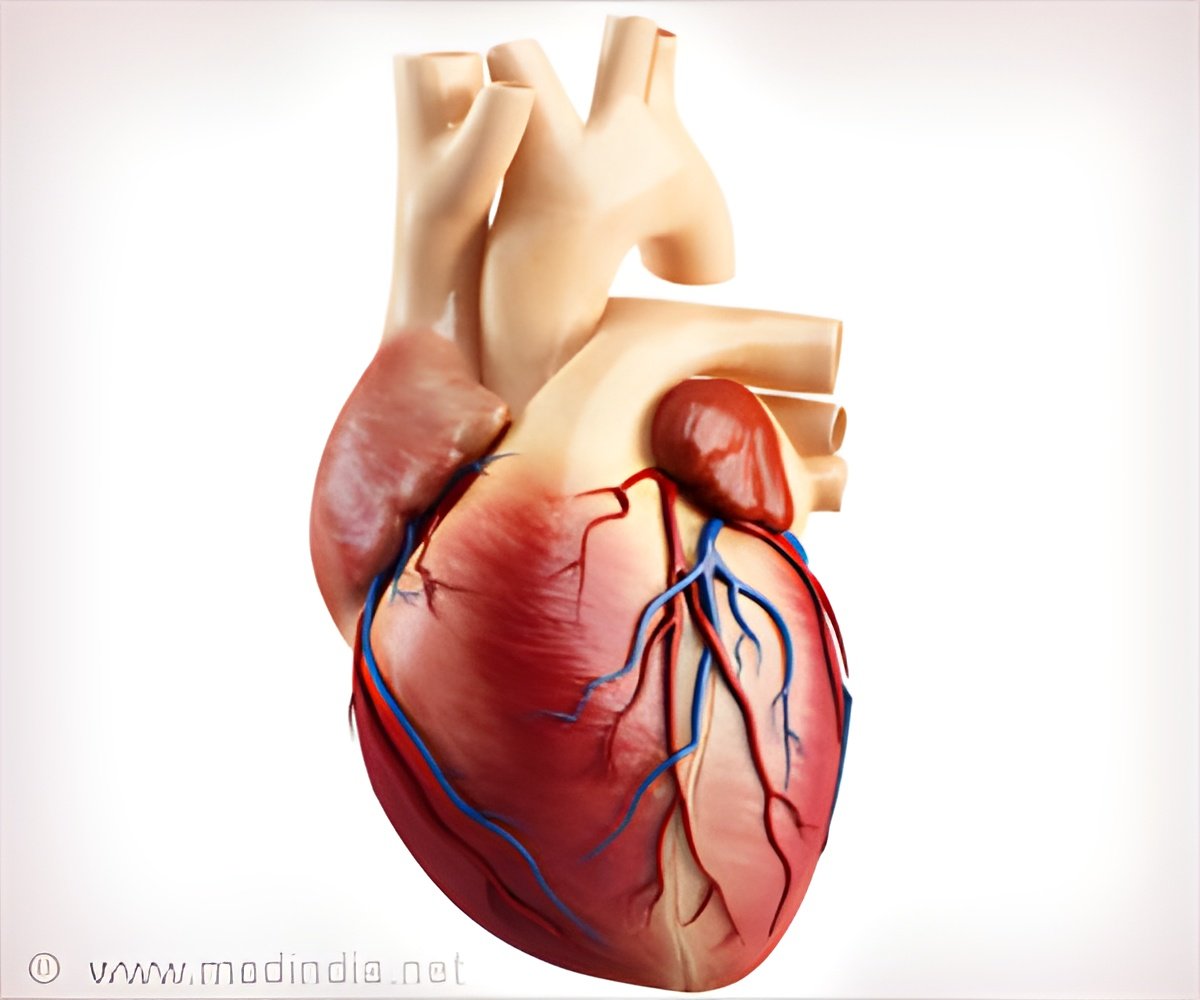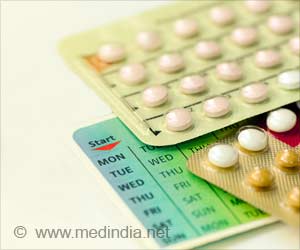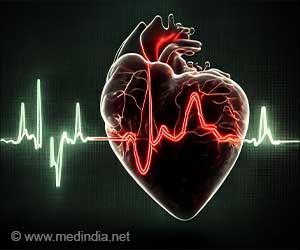There was a statistically slight increase in the rates of cardiovascular events observed on both Monday and Friday following the spring DST transition.

Daylight Saving Time Practice and the Rate of Adverse Cardiovascular Events in the United States: A Probabilistic Assessment in a Large Nationwide Study
Go to source) The study encompassed 36,116,951 adults aged 18 and above across the majority of U.S. states (excluding Arizona and Hawaii, which do not observe DST). The researchers specifically concentrated on the week immediately following the spring and fall DST transitions when clocks are adjusted either forward or backward.
Uncovering the Unlikelihood of Clinically Significant Cardiovascular Differences Linked to Daylight Saving Time
"We looked at five years across the U.S., and what we found is that it’s unlikely that there is a clinically meaningful difference in cardiovascular health due to daylight saving time," says Benjamin Satterfield, M.D., Ph.D., a cardiovascular diseases fellow and lead author of the study.‘The rates of cardiovascular events exhibited a statistically slight increase on both Monday and Friday following the spring DST transition. #heartattack #daylightsaving #heart’





An adverse cardiovascular event was documented when a person was hospitalized with a primary diagnosis of a heart attack, stroke, cardiogenic shock or cardiac arrest. Did You Know?
During the spring and fall DST transition, researchers identified a total of 74,722 adverse cardiovascular events.
The observance of daylight saving time varies around the world. Countries that move clocks forward or back one hour may do so on different dates, and some do not observe daylight saving time at all.
Researchers note that the time change practice was intended to align social and work activities with daylight hours and to conserve energy using less artificial lighting. They underscore that making changes to the DST system out of concern for heart health is unnecessary.
"When decisions are made about whether to abolish daylight saving time, there is no need to take concerns regarding heart health into account," says Bernard J. Gersh, M.B., Ch.B., D.Phil., cardiologist and senior author of the study.
Advertisement
Reference:
- Daylight Saving Time Practice and the Rate of Adverse Cardiovascular Events in the United States: A Probabilistic Assessment in a Large Nationwide Study - (https://pubmed.ncbi.nlm.nih.gov/38274333/)








